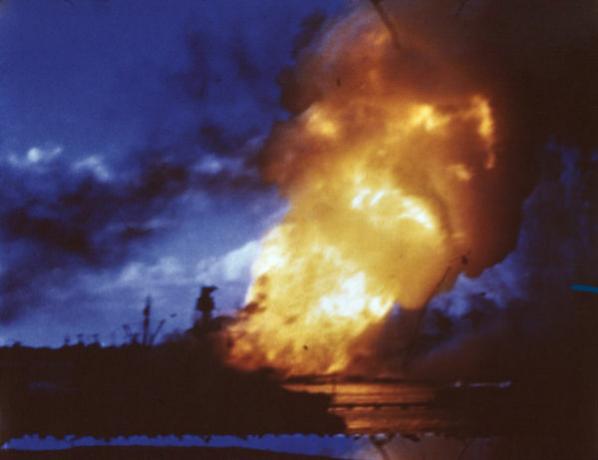The continuous and excessive intake of water by athletes who undergo a lot of physical activity (marathoners, cyclists, etc.), can cause hyponatremia, which consists of a sodium concentration imbalance, corresponding to rates lower than 155 millimoles per liter.
You symptoms of hyponatremia are: stomach bloating, vomiting, extreme fatigue, loss of motor coordination, weakness, listlessness, headache and, in more severe cases, mental confusion, hallucination, which can trigger coma and even death.
This is because in more intense physical activities there is a tendency to lose sodium through sweating, which is extremely important to the body regarding the maintenance of the volume of body fluids, muscle contraction and also the absorption of glucose. Excessive and gradual water intake prevents the kidneys from eliminating its excess. H2O molecules penetrate the body's cells, soaking them and also diluting the available sodium, with a consequent reduction in its concentration. Remember that our body has a reserve of approximately two liters of water to be used!
Obviously, the athlete can and should drink fluids during their activities, but they should beware, to avoid such inconveniences. Thus, attention is needed with regard to the amount of water and sodium sources ingested before, during and after this type of activity, seeking to hydrate at longer intervals.
Hyponatremia can also be a consequence of factors such as the presence of the Secretion Syndrome Inadequate Antidiuretic Hormone, which causes a decrease in urine production and an increase in water retention; use of certain anti-inflammatory drugs, which alter urine production, and diseases whose water-excreting function in the kidneys is compromised, such as heart, kidney or liver disease.
By Mariana Araguaia
Graduated in Biology

